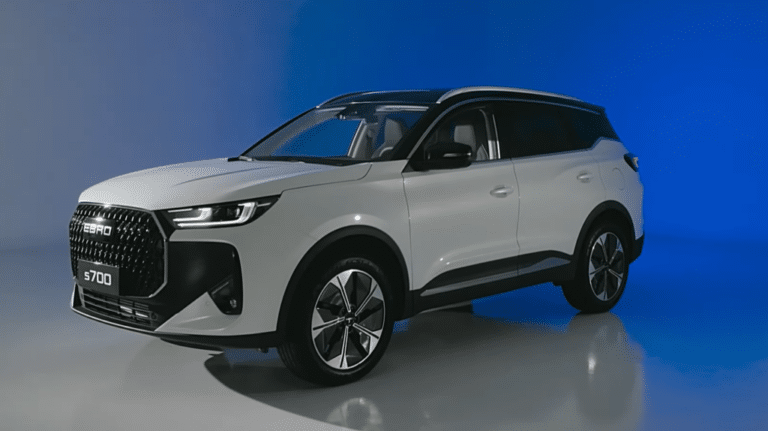The American automotive market: one in five imported cars comes from the EU
The U.S. automotive market has experienced a notable change, where approximately one in five imported cars come from the European Union. In the context of an increasingly competitive business environment, recent statements regarding the implementation of new tariffs have raised concerns among European manufacturers. This phenomenon underscores both the industrial dependency and the economic challenges faced by the automotive industry on both sides of the Atlantic.
In 2024, the U.S. automotive market stood out for the significant presence of imported vehicles from the European Union, representing 22% of all new car exports. Just days before a surcharge on car imports is set to be implemented, statistics revealed by the European Automobile Manufacturers Association (ACEA) highlight the importance of this trade relationship and the potential challenges ahead.
A notable dependency in the European automotive industry
ACEA figures indicate that the United States solidifies its position as the second destination market for European vehicle exports, only behind the United Kingdom. This connection highlights a remarkable dependency of the European automotive industry on the U.S. market, which becomes even more relevant as changes in trade policy loom.
The presence of electric vehicles
A significant fact is that electric vehicles have begun to play a crucial role in exports to the United States. In 2024, these cars accounted for 15% of all exports from the EU to this country, demonstrating an increasingly focused trend on sustainability and technological innovation.
Industrial production in the United States
In addition to exports, ACEA notes that European manufacturers have a solid industrial structure within the United States, with an annual production of around 830,000 vehicles. It is estimated that between 50% and 60% of this production is destined for export, reflecting the interconnection between local operations and international trade.
Impact on local employment
The effects of this dynamic also extend to the labor market, where nearly one-third of direct jobs generated by international manufacturers on U.S. soil are attributable to European companies. This demonstrates that the relationship between both regions goes beyond imports and exports, having a profound impact on the local economy.
Consequences of new tariffs on trade
Recently, the announcement of a new tariff of 25% on all imported vehicles, set to take effect in April 2025, is causing uncertainty in the sector. This measure will primarily affect cars not assembled on U.S. territory, directly impacting European exports, including electric models.
Future challenges for the industry
Given the mentioned export volumes and industrial penetration, it is expected that these new tariffs will generate significant repercussions on trade flows and production balances. Manufacturers operating in the United States, but relying on international supply chains, might also be affected, posing new challenges in an increasingly interconnected environment.
To learn more about how innovations and strategies from automotive brands are changing the landscape of the sector, you can explore topics like the new Audi Q5, the three-cylinder engines and the advancement of electric models like the Volkswagen ID., among others.
The impact of EU exports on the U.S. automotive market
The U.S. automotive market has become a crucial destination for vehicle exports from the European Union, where more than one in five imported cars comes from this region. This trade relationship has evidenced a strong interdependence between both markets, fundamental for the sustainability of the European automotive industry.
With the announcement of new surcharges by the U.S. government, the implications for European manufacturers are significant. Given that a considerable percentage of these vehicles are electric, the new tariffs will also affect the expansion of sustainable mobility. This scenario poses challenges and opportunities for both industrial production and technological innovation in the sector.
The adaptation of manufacturers to this changing environment will be essential, especially in terms of business strategies and optimization of supply chains. Thus, the ability of companies to navigate this new context will define their success in the U.S. market and their relevance in the international arena.






